Step into the mesmerizing world of Moroccan culture where fashion and design collide in a kaleidoscope of colors and textures. Did you know that in Morocco, the color green is considered unlucky for clothing? In this blog post, we will take a deep dive into the enchanting realm of Moroccan fashion and design, exploring the intricate tapestry of influences that shape this vibrant cultural landscape. Join us as we unravel the threads that bind tradition and modernity in one of the most visually stunning corners of the world.
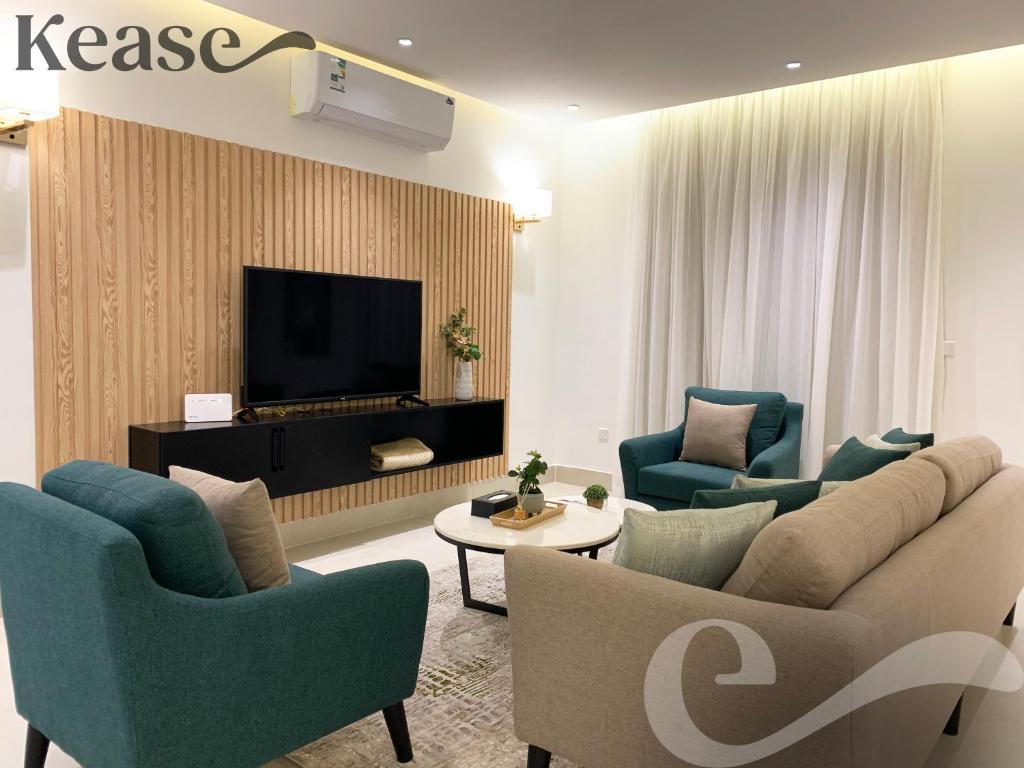
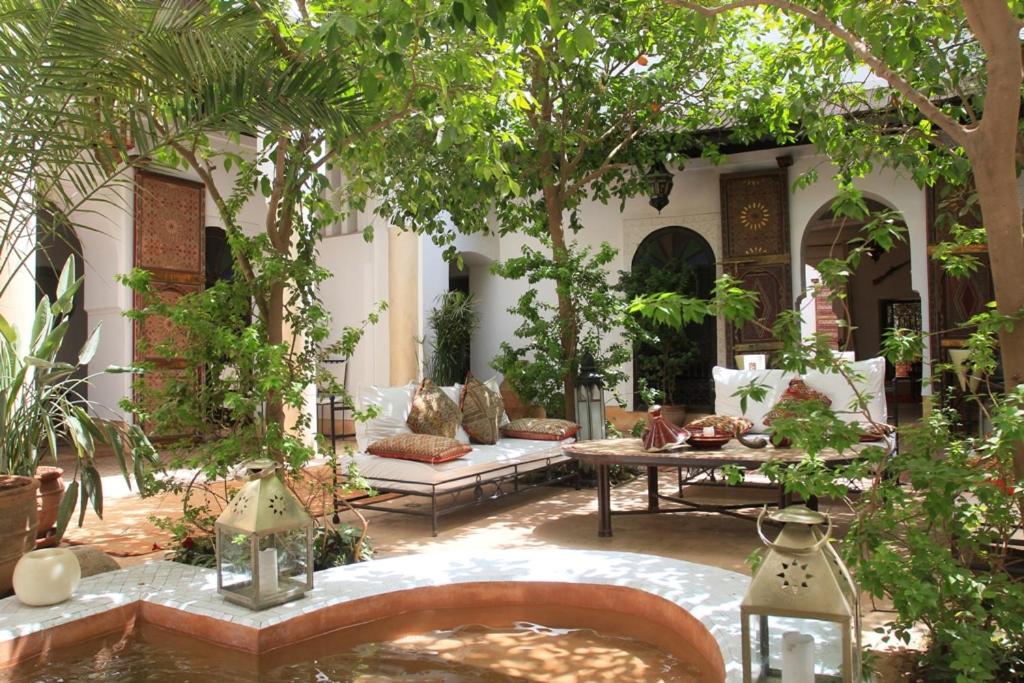
History and Tradition
Moroccan fashion and design have a rich history deeply rooted in the ancient influences of Berber and Arab cultures. The intricate details, vibrant colors, and exquisite craftsmanship found in traditional Moroccan attire and home decor reflect the cultural tapestry of the region.
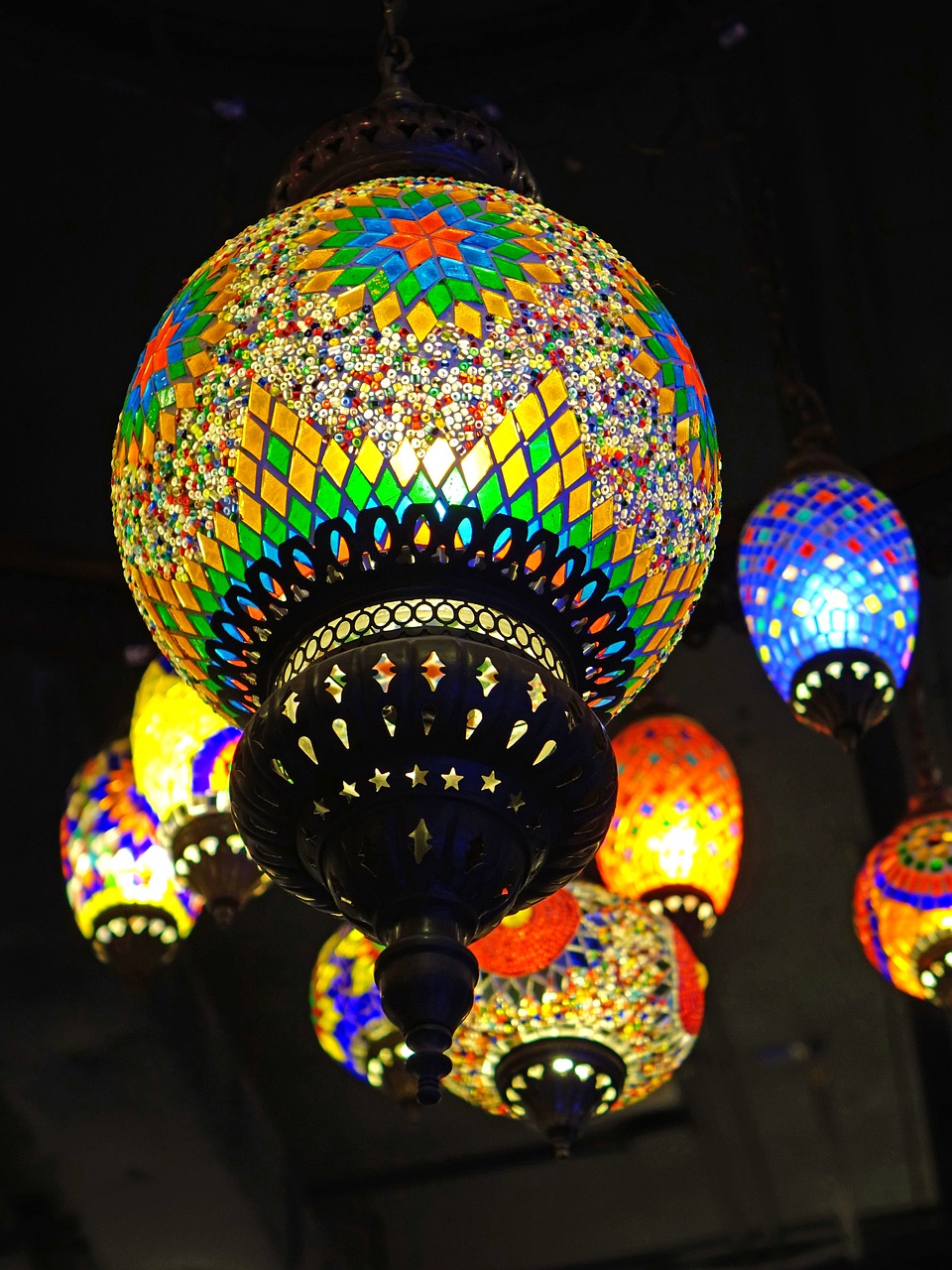
Berber and Arab Influences
Berber Influence:
- The Berber people, indigenous to North Africa, have a long history of creating unique textiles and patterns that are still prominent in Moroccan design today.
- Traditional Berber clothing features intricate embroidery, handwoven fabrics, and geometric motifs inspired by nature and tribal symbols.
Arab Influence:
- Arab influence on Moroccan fashion can be seen in the use of luxurious fabrics, such as silk and satin, and intricate embellishments like beading and metallic threadwork.
- Arab-inspired design elements often incorporate intricate tile work, mosaics, and calligraphy, reflecting the region’s rich artistic heritage.
Significance of Textiles, Patterns, and Craftsmanship
Textiles:
- Moroccan textiles play a vital role in both fashion and home decor, with fabrics like silk, wool, and cotton being commonly used.
- The use of luxurious textiles in Moroccan fashion reflects the region’s history of trade and craftsmanship, with each fabric telling a story of cultural exchange and tradition.
Patterns:
- Moroccan design is characterized by bold patterns and vibrant colors, such as intricate tile motifs, arabesque patterns, and floral designs.
- These patterns are often passed down through generations, with each symbol and motif holding deep cultural significance and meaning.
Craftsmanship:
- Craftsmanship is a hallmark of Moroccan fashion and design, with artisans often handcrafting intricate details using traditional techniques passed down through generations.
- From hand-stitched embroidery to intricate metalwork, craftsmanship is valued for its attention to detail and dedication to preserving cultural heritage.
Traditional Moroccan Attire and Home Decor
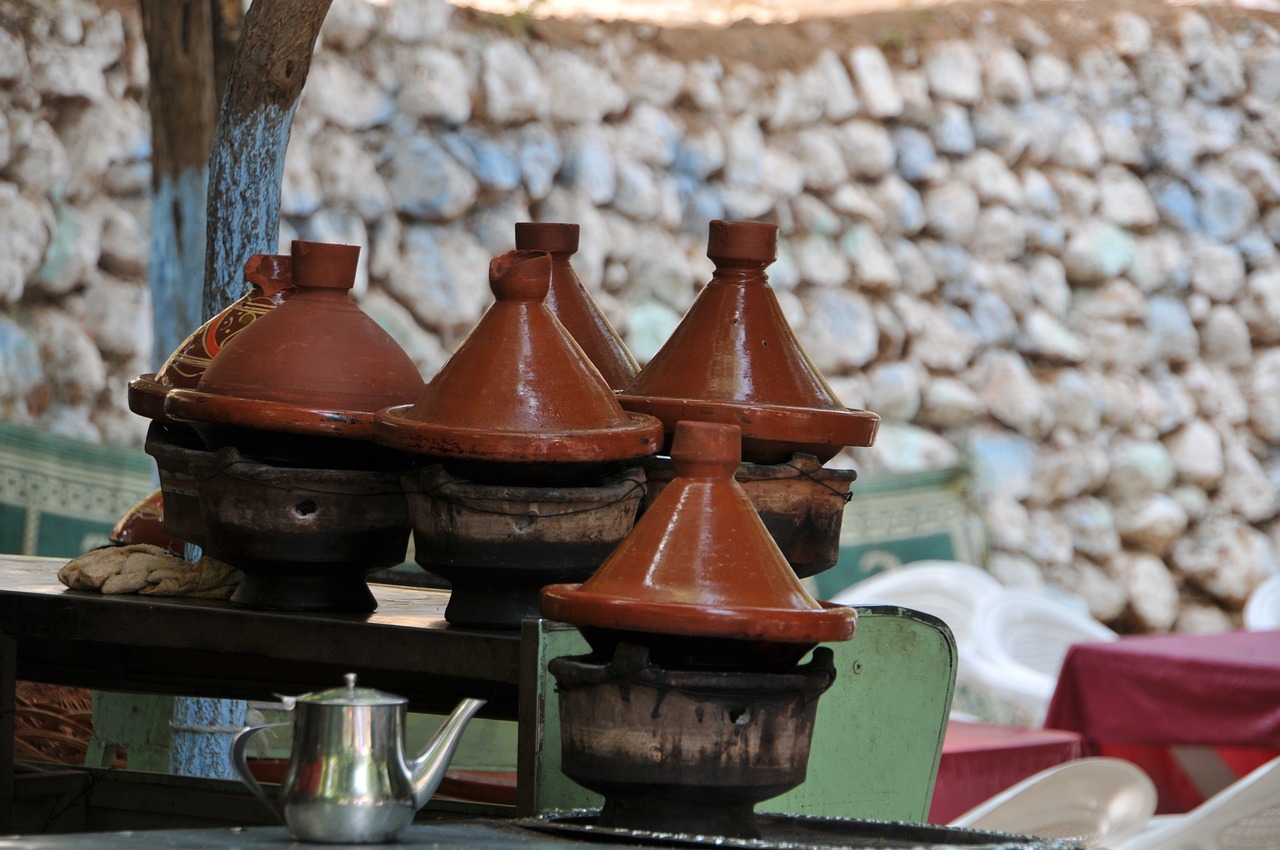
Attire:
- Traditional Moroccan attire includes garments like the caftan, djellaba, and kaftan, each adorned with elaborate embroidery, beading, and metallic accents.
- Brands like Marrakech Clothing and Zara Home offer modern interpretations of traditional Moroccan attire, blending classic design elements with contemporary styles.
Home Decor:
- Moroccan home decor features vibrant textiles, intricate tile work, and handcrafted furniture, creating a warm and inviting ambiance.
- Brands like Anou and The Citizenry offer a range of authentic Moroccan home decor products, including handwoven rugs, embroidered pillows, and ceramic tableware.
By exploring the historical roots of Moroccan fashion and design, we gain a deeper appreciation for the artistry, craftsmanship, and cultural significance embedded in every stitch, pattern, and design element.
Contemporary Trends
Moroccan fashion and design have undergone a remarkable evolution in the contemporary world, blending traditional elements with modern sensibilities to create unique and innovative creations.
Traditional Roots Meet Modern Influences
In recent years, Moroccan designers have been redefining the fashion and design landscape by seamlessly integrating traditional Moroccan elements into their contemporary collections. By drawing inspiration from Morocco’s rich cultural heritage, these designers are able to create pieces that are not only visually stunning but also meaningful and authentic.
- Zara Home’s Moroccan Collection: Zara Home’s Moroccan-inspired collection features intricate tile patterns, vibrant colors, and traditional motifs that pay homage to Morocco’s artistic heritage while appealing to modern tastes.
- Bouchra Jarrar’s Haute Couture: Renowned designer Bouchra Jarrar infuses traditional Moroccan craftsmanship into her haute couture creations, combining luxurious fabrics with intricate embroidery and embellishments to create pieces that are both timeless and contemporary.
Bridging Heritage and Innovation
One of the key trends in Moroccan fashion and design is the seamless integration of traditional elements with innovative techniques and materials. Designers are embracing modern technologies and global trends while staying true to Morocco’s cultural identity, resulting in a fusion of heritage and innovation.
- Sofia El Arabi’s Modern Kaftans: Designer Sofia El Arabi reimagines the traditional Moroccan kaftan by experimenting with unconventional silhouettes, fabrics, and embellishments. Her designs blend traditional craftsmanship with a contemporary aesthetic, appealing to a new generation of fashion enthusiasts.
- Norya Ayron’s Handcrafted Jewelry: Norya Ayron combines traditional Moroccan jewelry-making techniques with modern design concepts to create unique and statement-making pieces. Her jewelry collections showcase a harmonious blend of heritage-inspired motifs with a modern twist.
Embracing Sustainability and Ethical Practices
In addition to honoring Morocco’s cultural heritage, contemporary designers are also focusing on sustainability and ethical production practices. Many brands are prioritizing eco-friendly materials, fair labor practices, and social responsibility, ensuring that their creations have a positive impact on both people and the planet.
- Artisanat et Terroir’s Eco-Friendly Textiles: Artisanat et Terroir is a brand known for its sustainable approach to fashion, using organic cotton and natural dyes in their textiles. By supporting local artisans and promoting environmentally-friendly practices, they are contributing to a more sustainable future for Moroccan fashion.
- Maison ARTC’s Ethical Leather Goods: Maison ARTC is committed to ethical production methods and fair labor practices in the creation of their leather goods. By partnering with local craftsmen and ensuring transparency in their supply chain, Maison ARTC is setting a new standard for ethical fashion in Morocco.
Through the fusion of traditional Moroccan elements with modern design aesthetics, contemporary designers are not only creating visually captivating pieces but also preserving and celebrating Morocco’s rich cultural heritage. This harmonious blend of heritage and innovation is shaping the future of Moroccan fashion and design, captivating audiences around the world with its authenticity and creativity.
The Influence of Moroccan Fashion on the Global Stage
Moroccan fashion and design have made a significant impact on the global fashion industry, with their unique motifs, vibrant colors, and intricate techniques capturing the attention of designers and fashion enthusiasts worldwide.
Moroccan Motifs: A Source of Inspiration
- Geometric Patterns: Moroccan fashion is known for its intricate geometric patterns that are often seen in traditional textiles, such as rugs and tapestries. These patterns have inspired designers to incorporate similar motifs into their collections.
- Floral Designs: Moroccan fashion often features intricate floral designs that symbolize nature and beauty. These motifs have been seen in international fashion shows and worn by celebrities on red carpets.
Vibrant Colors: Adding a Pop of Moroccan Influence
- Rich Jewel Tones: Moroccan fashion is characterized by rich jewel tones such as deep blues, emerald greens, and ruby reds. These bold colors have been embraced by international designers, adding a touch of Moroccan flair to their creations.
- Earth Tones: In addition to jewel tones, Moroccan fashion also embraces earthy colors like terracotta, ochre, and sandy beige. These colors evoke the Moroccan landscape and have been featured in high-end fashion collections.
Intricate Techniques: Mastering the Art of Moroccan Craftsmanship
- Embroidery: Moroccan fashion is renowned for its intricate embroidery work, often done by hand. Designers have incorporated Moroccan embroidery techniques into their designs, adding a touch of craftsmanship and authenticity.
- Metallic Accents: Moroccan design often includes metallic accents such as gold and silver thread. These accents add a touch of luxury and are seen in international fashion collections inspired by Moroccan style.
Moroccan Fashion on the Runway: Spotlight on International Designers
- Yves Saint Laurent: The late designer Yves Saint Laurent was greatly inspired by Moroccan culture, leading to the creation of his iconic “Majorelle Blue” collection, named after the famous Jardin Majorelle in Marrakech.
- Dior: The fashion house Dior has featured Moroccan-inspired designs in their collections, such as flowing kaftans and intricate beading reminiscent of traditional Moroccan craftsmanship.
- Zara: High-street brand Zara has also embraced Moroccan influences, releasing collections that feature Moroccan-inspired prints, colors, and silhouettes.
Moroccan fashion continues to captivate the global fashion scene, with its rich heritage and unique aesthetic inspiring designers and fashion lovers around the world.
Conclusion
In conclusion, the fusion of fashion and design in Moroccan culture showcases the country’s artistic legacy. Through exploring Morocco’s rich tapestry of creativity, individuals can gain inspiration and a deeper understanding of cultural diversity. It is highly recommended for those interested in immersing themselves in a vibrant and unique cultural experience.
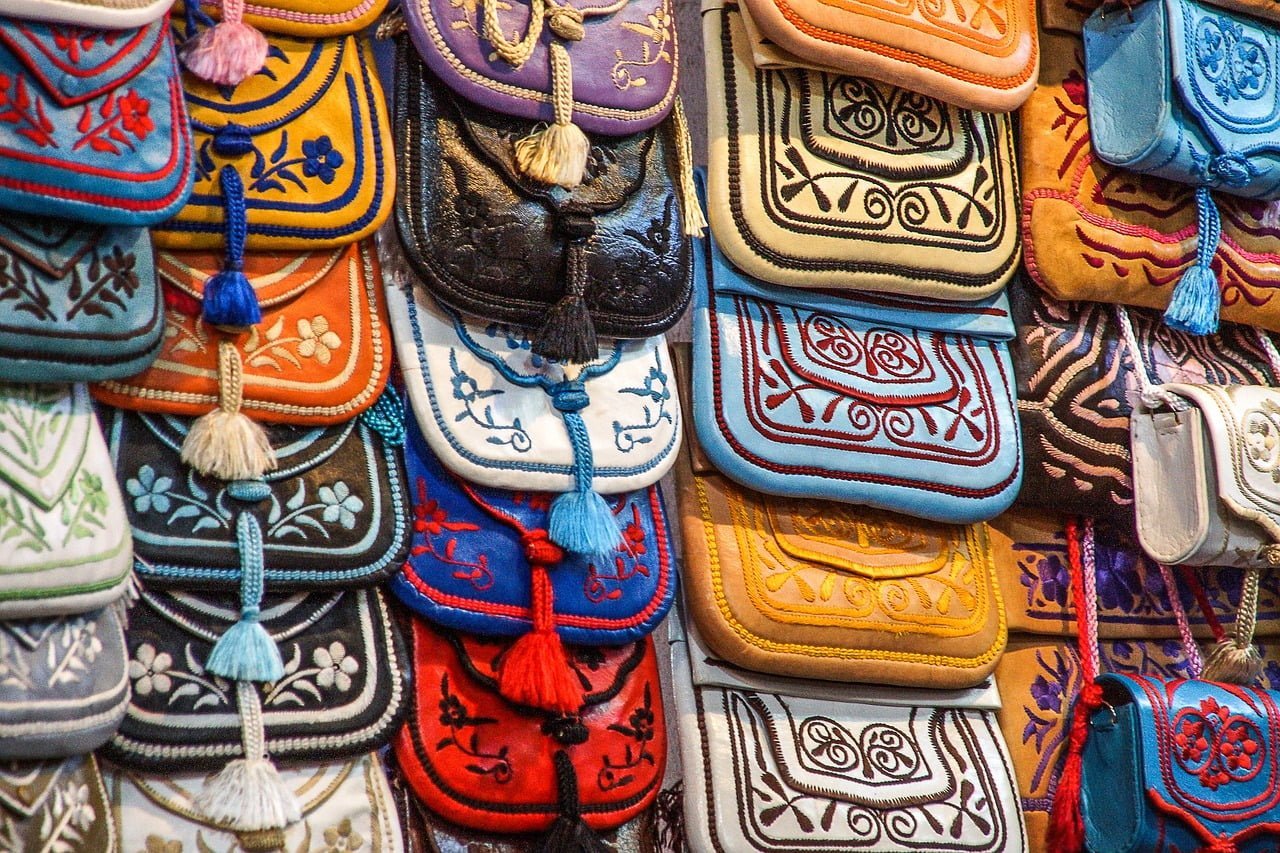


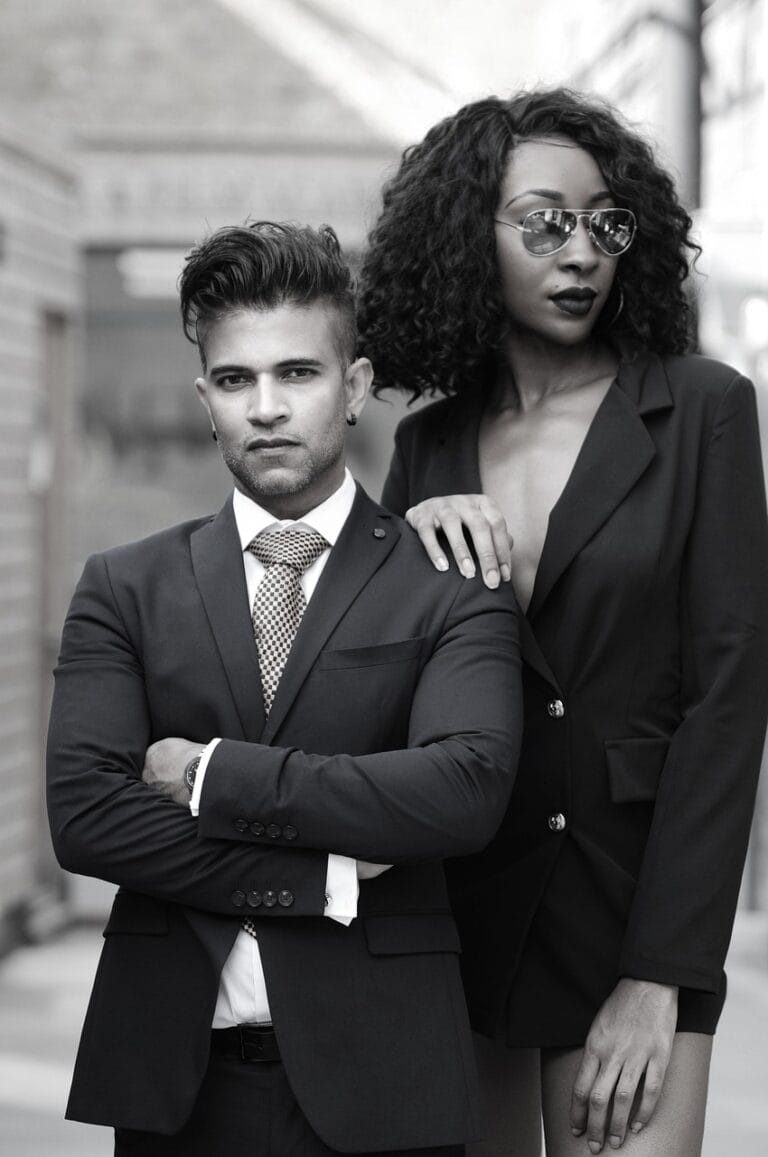
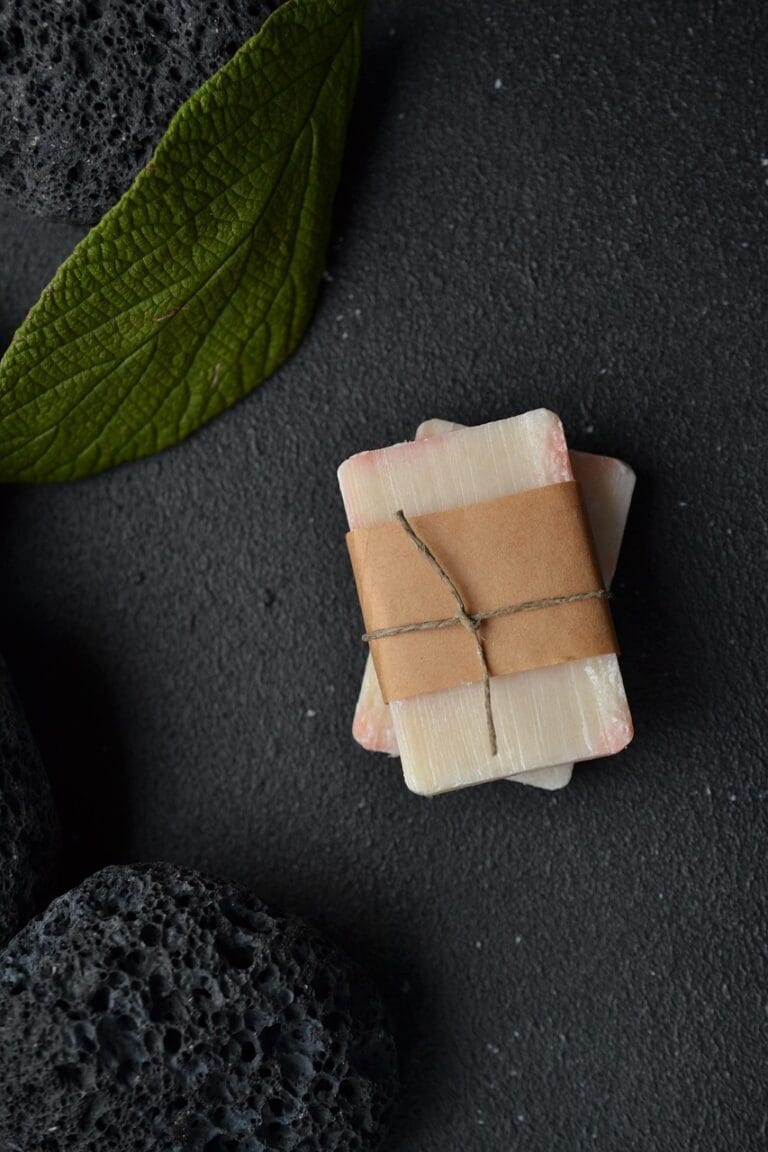




Hey, loved your article on Moroccan fashion! Do you have any book recommendations for diving deeper into this topic?
After reading your article, I’m inspired to incorporate some Moroccan elements into my home decor. Any tips on how to do that?
I’m glad to hear you found inspiration in the article! One way to bring Moroccan design into your home is through colorful rugs, mosaic tiles, and ornate lanterns. Have fun decorating!
I recently visited Morocco and was blown away by the intricate designs I saw. Thanks for shedding more light on the history and contemporary trends!
Thank you so much for sharing your experience! It’s always amazing to see how fashion and culture intertwine in real life.